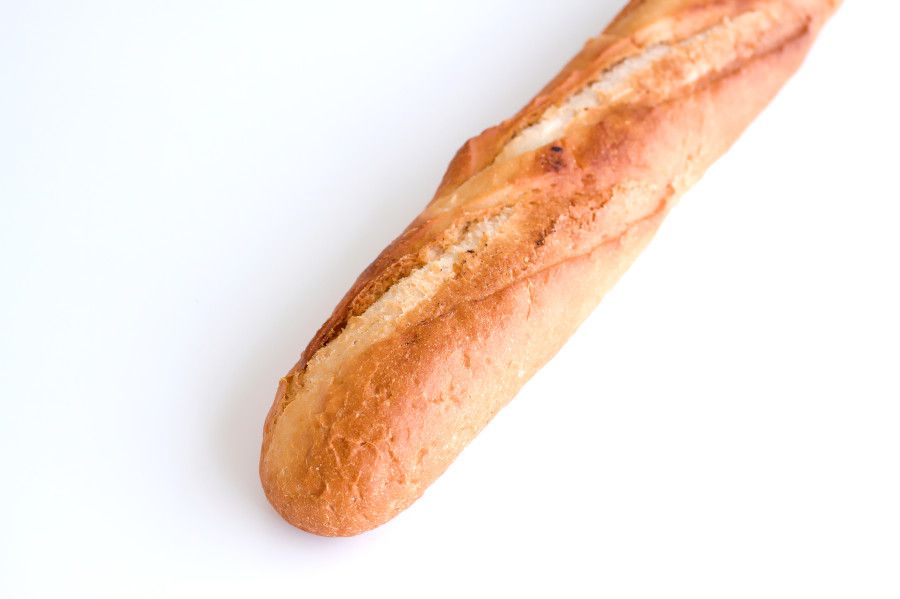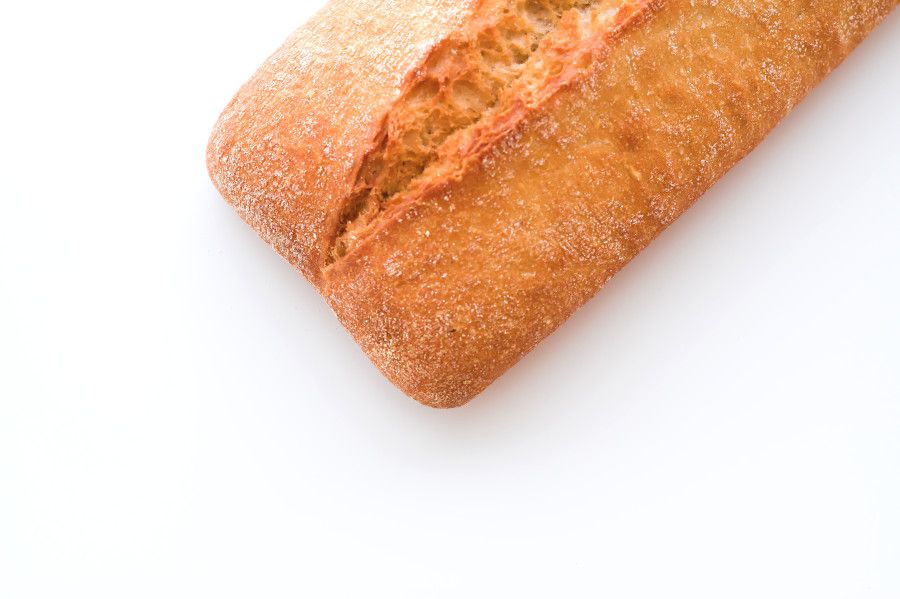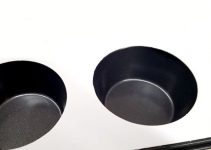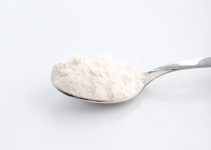I’m certain of one thing: my French bread vs Italian bread debate is going to make you salivate and wish to be transported to these two wonderful countries.
After all, we’re talking about the countries that gave us some of the most famous breads on the planet.
This post will definitely inspire your next cooking adventure. If you need even more inspiration, check out my selection for books about bread.
Contents
The Most Thought about French & Italian Breads
What better way to start off our French bread vs Italian bread debate than by naming some of the breads belonging to these two European countries?
Types of French Breads

When we think about French bread there’s one word that pops into our heads: baguettes.
Baguettes can also be called baton or ficelle or flute.
These 3 look pretty similar if you ask me.
That train of thought can go further and make you think about baguettes and a cold platter. And I’m going to stop there before I start eating my keyboard.
Another very famous French loaf is boule. A lot of you have heard of that, especially those using a Dutch oven.
Between the baguette and the boule, we also have the batard bread. It’s shaped like a football and it’s a very interesting recipe to try.
French breads: focus on loaves not flatbreads
If you read immediately above about some of the French breads that I’ve mentioned, you’ll immediately notice that the focus is on loaves. There are few flatbreads mentioned.
All these loaves have a chewy crumb and a nice crust, exactly what we all want to achieve.
If we were to give an example of a famous flatbread in France that would be the fougasse from Provence.
Search some pictures online, it looks great, more like belonging to Italy than France. It’s very similar to focaccia because anyone can use different toppings from the simple olive oil and herbs combination to using olives, sundried tomatoes, and even anchovies.
Types of Italian Breads

For most of us, when we think about Italian bread ciabatta is the word that comes to mind. Making a big sandwich from a whole ciabatta is a must.
Or maybe a dough that definitely contains olive oil if you don’t have an image popping into our minds.
Some might think of focaccia when it comes to Italian breads.
It’s definitely a bit different for everyone.
However,
Things are a bit more complex when it comes to the many Italian breads because they vary by region. Just like their foods can differ from region to region or at least the recipes for the same dish are a bit different from one region to another.
I must say that some of the pictures showing pane fatto in casa resemble a lot of the loaves that I bake when I’m not using my bread machine.
The pictures show that Italian loaves are flatter and with a thinner crust.
I also tend to use olive oil in my recipes so, I have that in common with Italian loaves, as well.
But let’s get into more detail into our French bread vs Italian bread comparison and see what exactly makes them different.
French Bread vs Italian Bread: What They Have in Common
We already know the common things that both these types of breads have in common.
Those are represented by 4 ingredients: flour, salt, yeast, and water. Those are the classics and most of the time we only make loaves just from these four.
French Bread vs Italian Bread: The Big Differences
French breads are usually just made from bread flour, yeast, salt, and water. It applies both to the different types of baguettes as well as when making boule.
Italian breads can contain the additional olive oil, sometimes sugar, and sometimes milk.
But other wonderful ingredients can be added to obtain even more wonderful loaves, like it is the case with focaccia or the fougasse from Provence.
Or the shape can be completely different than what we usually bake in a loaf pan or a Dutch oven.
For example,
For baguettes you can use a baking sheet or you can use a baking stone or a baking steel or even a special baguette pan if you want the exact shape found in bakeries.
Traditional Italian breads are baked in stone ovens and that’s definitely something special, a bit of smoky flavor will create even more complexity.
When it comes to dessert breads, the French have the brioche while the Italians have the panettone.
Which Bread Is Softer: French or Italian?
French breads have a soft light chewy crumb, while Italian breads can be a bit more dense but still very soft because fat is used when making the dough.
Both can have delicious crusts so, that’s definitely one thing they have in common.
Generally, I would say that they’re both soft when it comes to the crumb and both can have a hard crust.
There are definitely clear differences when it comes to French bread vs Italian bread but there’s only one thing that really matters: they’re all absolutely delicious and worth making at home when you have the time.




